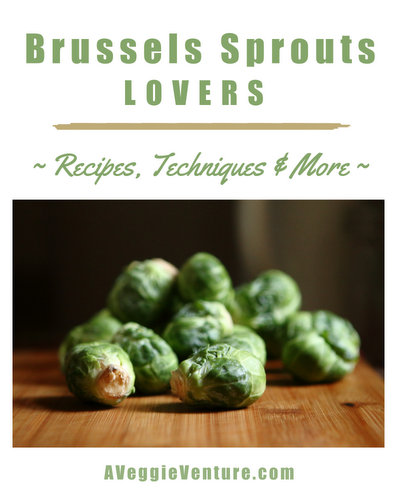Veggies for Kids: Healthy Snacks
Here are several thoughtful-yet-practical tips for serving up healthy snacks for kids. They've have been condensed from the Burlington Free Press, where you may read the complete story.
Stick close to nature.
Stick close to nature.
- Fresh fruits and vegetables are some of the best snack choices because they offer strong nutrition value with no additives.
- Beyond that, the shorter the ingredients list, the better
- A box of raisins (with one ingredient) vs
- Gummy snacks (pear concentrate + three forms of added sugar + partially hydrogenated oil).
- Don't be a purist: If it takes a little ranch dressing to get your child eating fresh veggies, it's a small price to pay.
- Look for at least 2 grams of fiber per serving of any grain-based product such as bread, cereals or crackers.
- When choosing cereal, follow the "3-3-9" rule
- 3 grams of fiber
- no more than 3 grams of fat
- no more than 9 grams of sugar.
- Avoid trans-fats (usually listed as hydrogenated oils or partially hydrogenated oils)
- Check that other solid fats, including saturated fat and cholesterol, are low.
- Avoid added sugars, especially high fructose corn syrup.
- For children older than 2, focus on skim or 1 percent-fat dairy products such as milk, cheese and yogurt.
- All-carb snacks (crackers, popcorn) don't provide long-lasting fuel. Instead combine "go" (energy) food and "grow" (protein) foods in one snack:
- Spread a whole-wheat mini-bagel with cream cheese or natural peanut butter.
- Offer whole grain crackers with string cheese.
- Try new things at home first or it's likely they will remain uneaten.
- Research say it may take 10-15 exposures to a new food before a child likes a new food.
- Let the kids help because participation means they'll be more open to trying new things.
- Let kids choose from a range of healthy options presented by the parents:
- different spreads for crackers;
- dip for vegetables;
- choices for fruit, veggie and cheese skewers;
- ingredients for a family trail mix recipe.
- Then make the snacks together.
- Many processed snacks are designed for grab and go.
- For similar convenience, buy inexpensive snack-size plastic containers with lids to keep snacks fresh, uncrushable and convenient.
- Have your kids help you measure out servings of corn chips, trail mix and dips at the beginning of each week.
- Dedicate a shelf in the pantry and a corner of the fridge to healthy snacks so that kids can easily help themselves.
- It's best to be clear from an early age where responsibility lies.
- Parents: Ensure that healthy foods are available.
- Kids: Choose if and how much to eat.
- When parents give choices, it should be two or three choices, not 'What do you want to eat?'
- Be flexible. If food becomes a battleground, it becomes harder to try new things.
- Change doesn't have to come immediately or overnight. Just take baby steps (bites!).
- And every once in a while, candy is OK.




Comments
Post a Comment
Thank you for taking a moment to write! I read each and every comment, for each and every recipe, whether a current recipe or a long-ago favorite. If you have a specific question, it's nearly always answered quick-quick. ~ Alanna